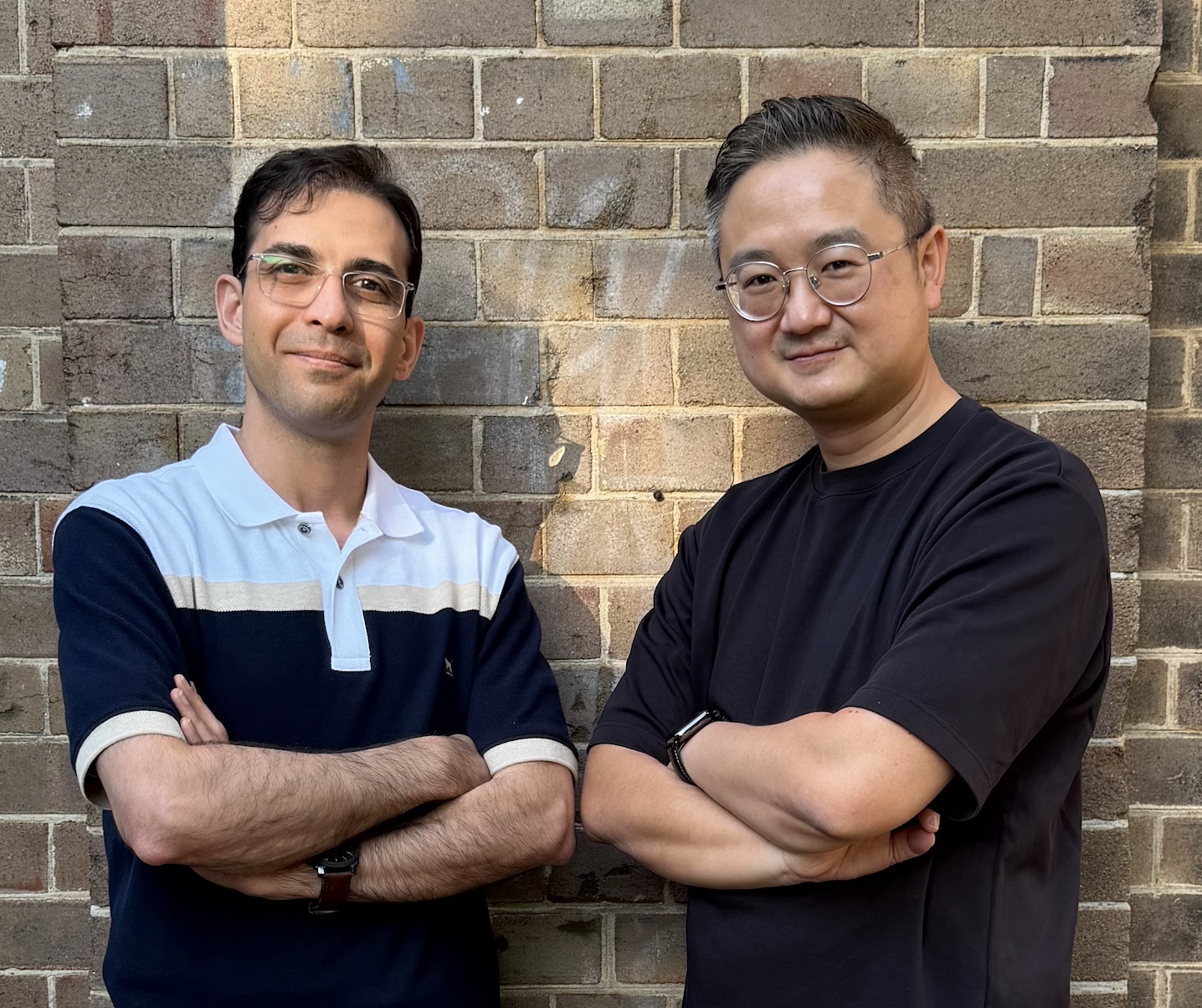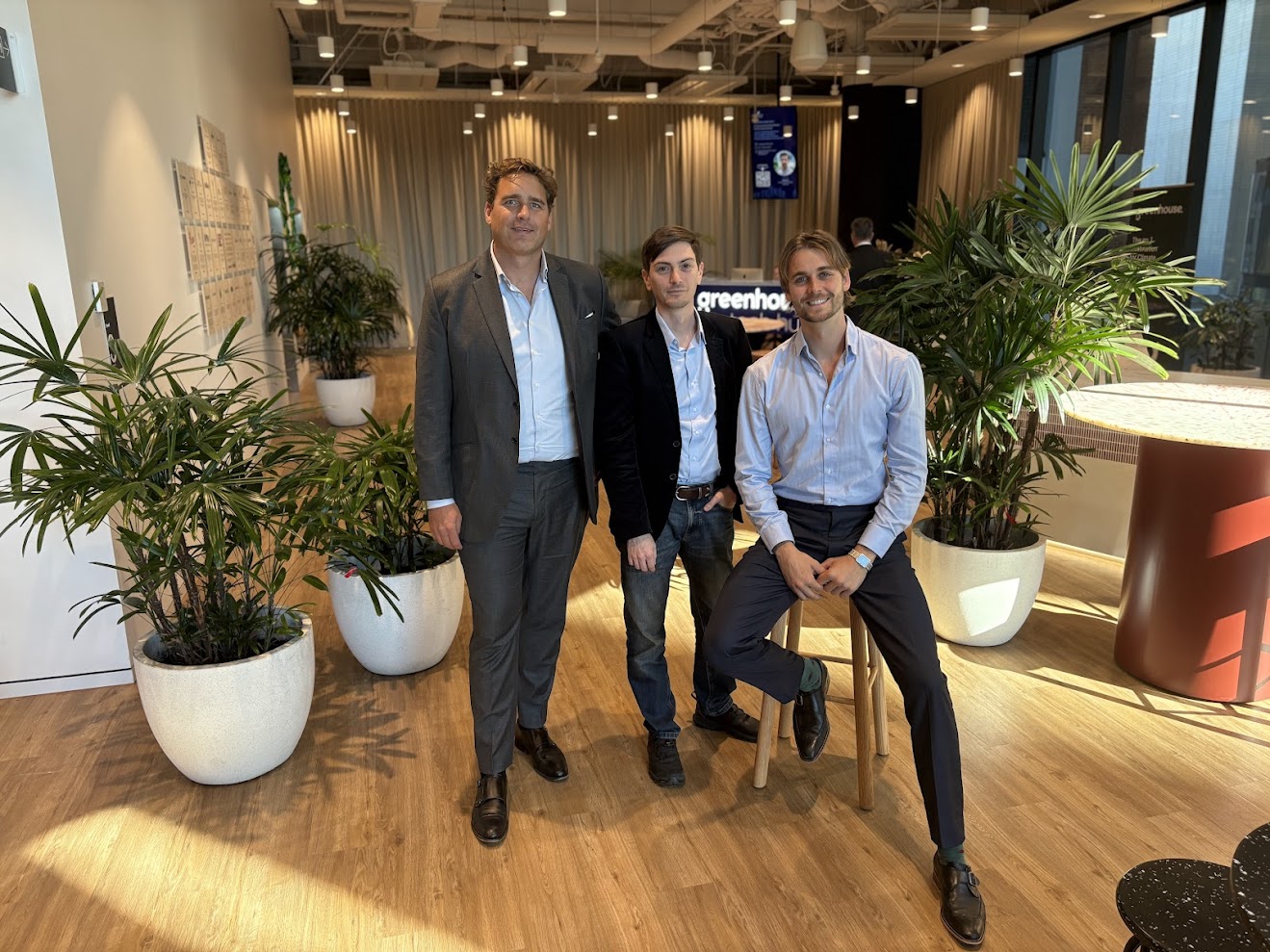
Investible’s Climate Tech Fund led Fugu Carbon’s oversubscribed Seed round, with participation from Counteract VC, Jelix Ventures, and Electrifi Ventures. In these investment notes, we will share insights into why we chose to invest in Fugu Carbon and work with Luke Marshall and Mac Thompson, former CTO and COO of Sun Cable, as they look to build and rapidly deploy the CDR technology from here in Australia!
A match made in... thesis development.
On the Investible Climate Tech Team, we do regular deep dives over 1 – 3-month periods, into what we call “thesis development”; the identification and valuing of underserved user needs across a variety of markets. These deep dives are important for the investment team to navigate the 50 to 70 unique pitch decks we receive every week from climate tech founders!
We decided that solid direct air capture (S-DAC) systems that are quick to deploy, that leverage existing supply chains to achieve appropriate economics, and that could establish channels for step-change innovations in adsorbents should be our target. We came up with 2 statements:
- The Westinghouse of S-DAC in reference to finding a technology that had all components available, at industrial scale, right now. This was to challenge some of the technologies, although brilliant, that raised our eyebrows when we tried to map out the supply-chain evolutions required to draw-down on a gigatonne of CO2.
- The Nintendo 64. A homage to our youth where you’d buy the console, and the new games came later (physically, not downloaded). While many research institutions are doing fantastic research into adsorbents (MOFS etc.), we wanted to hunt down the “Nintendo 64 console” that had appropriate technology that could swap out adsorbents (Goldeneye, Mario Kart) as they became readily available at scale.
We also saw an interesting comment in numerous articles, “the skills to scale CDR are the same skills required to scale PV.”
Then, 4 months later, it happened. We met Luke Marshall, former CTO of Sun Cable who was responsible for the deployment of one of the world’s largest solar farms. Luke had developed a technology, in his garage, that cost effectively removed CO2 from the atmosphere using components that were readily available at scale, and an innovative filter design that enabled him to use an accessible adsorbent, Zeolite 13X, cost-effectively. Additionally, Luke had designed his technology to “swap out” adsorbents as they get more advanced. In the meantime, he is targeting distribution of his Zeolite 13X units.
The potential to be the Westinghouse of S-DAC? Check.
Nintendo 64? Check.
Background in scaling PV? Check.
Carbon Dioxide Removal is essential

To avoid the most catastrophic effects of climate change, we should aim to limit global average temperature increase to 1.5°C above pre-industrial levels, which corresponds to reducing global annual emissions from about 40 gigatons of carbon dioxide equivalents (Gt CO2e) as of 2018, to net zero by 2050.
This can be done via two levers:
- Reduce emissions. Emit less CO2e into the air in the first place.
- Remove carbon. Remove CO2 out of the air.
While reforestation and soil carbon sequestration are important, they are unlikely to solve the removal problem alone. As a result, new carbon removal technologies (i.e. DAC) that can be produced at high volume and low cost need to be rapidly developed.
We need to significantly increase DAC capacity

Under the IEA Net Zero Emissions (NZE) Scenario, DAC technologies must reach more than 85Mt of CO2 capture by 2030 and 980Mt by 2050 to help limit warming to 1.5°C. However, to date, only 27 direct air capture plants have been commissioned in Europe, North America, Japan and the Middle East that collectively remove ~10,000 tonnes of CO2 from the atmosphere annually.
While there are 130 facilities at various stages of development which could increase that number to 75Mt by 2030. The largest two facilities are expected to come online in 2024 in Iceland (36 kt CO2/year) and in 2025 in the United States (500 kt CO2/year, with plans to scale up to as much as 1,000 kt CO2/year). Most of the remaining 130 facilities are at a very early stage, with no funding committed, and, in certain cases, not even an identified location for deployment.
To encourage the required increase, the private sector has been getting behind DAC with X-Prize offering USD 100m for 4 carbon removal projects, Lowercarbon Capital Fund announcing its intention to invest USD $350 million in start-ups developing technology-based CDR solutions, and companies forward-purchasing credits to demonstrate demand through demand aggregators (Frontier and Next Gen).
Fugu Carbon is building mass-manufacturable artificial lungs for the planet for a variety of applications
From the garage to the now basement of a co-working space, co-founder and CEO, Luke Marshall, has built a working prototype of Fugu Carbon’ DAC unit that can cost-effectively remove CO2 from the atmosphere with readily available, low-cost adsorbent, Zeolite 13X.
Captured CO2 serves to play a feedstock if the economics can stack up. Big global players like Airbus are investing heavily into turning CO2 into sustainable fuel for jets and global shipping; CO2 is used in food and beverage for food preservation, and carbonation of drinks; and others want to stick captured CO2 deep underground for permanent removal from the atmosphere.
Fugu Carbon's prototype has been constructed with scalability in mind, utilising off-the-shelf components and, alongside the use of abundant adsorbent materials, the unit was cheap to build and is mass manufacturable. Additionally, the prototype works with MOFS that can simply replace the Zeolite 13X in the current filter.
This enables the team at Fugu Carbon to offer an immediate, scalable solution, that can improve over time.
From solar and sub-sea cables, to removing a gigaton of CO2 per year
The founders of Fugu Carbon, Luke Marshall (CEO) and Mac Thompson (COO) have not decided to approach this challenge with a clean history.
Luke was the first hire at Sun Cable, first as an R&D engineer before moving to CTO. With a PhD in Renewable Energy Economics with a focus on electricity market design, competition and deep learning AI, Luke has a knack for going after difficult, ambitious problems. Our initial investment approvals were undertaken with only Luke at the helm; however, we are thrilled to see the addition of Mac Thompson as COO.
Prior to Sun Cable, Mac had decades of experience as an CEO, founder and operator, with multiple exits (Cloudcover, Digiguard) under his belt. As the COO and Co-founder of Sun Cable, Mac was responsible for hiring Luke. Balancing Luke’s technical prowess, Mac’s deep operational experience and maturity to scaling startups bolsters makeup of this formidable duo.
The team at Investible are delighted to be joining Luke and Mac on their journey as they look to remove a gigaton of CO2 from the atmosphere each year.








